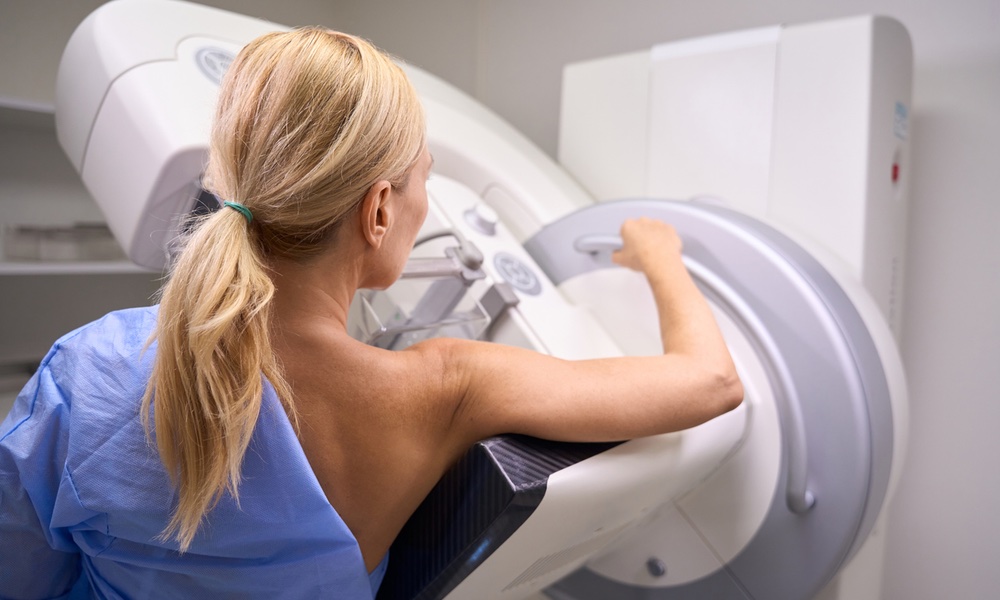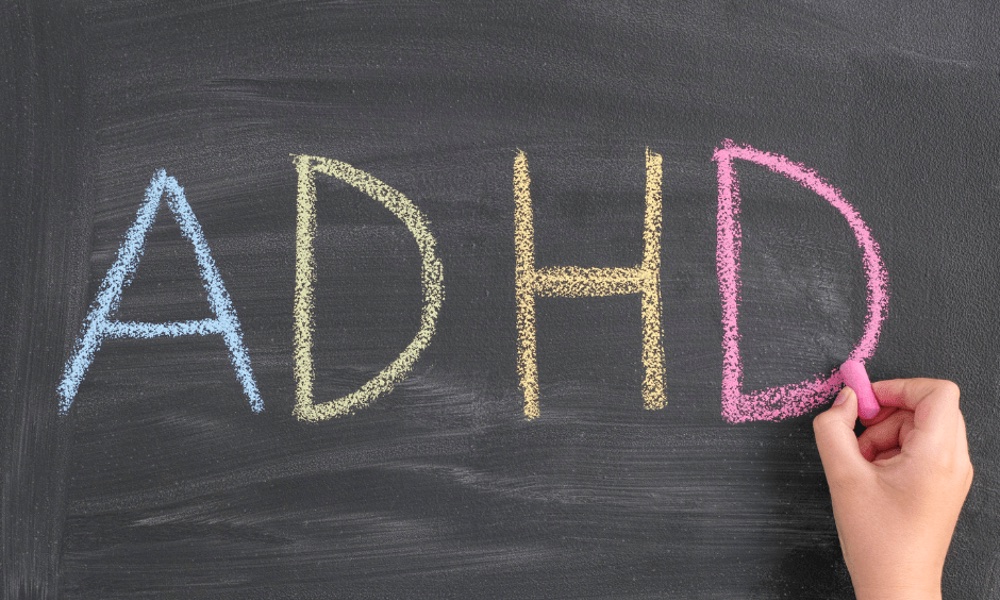Iron deficiency can lead to anemia, in which the body produces insufficient amounts of hemoglobin and limits the ability of red blood cells to transport oxygenated blood throughout the body.
Anemia is never good, but during pregnancy it can lead to complications such as postpartum depression and hemorrhage. It can also contribute to problems for the infant, including preterm birth and low birth weight; and it can result in long-term neurodevelopment challenges for children.
Unfortunately, iron deficiency is surprisingly common during pregnancy, even among women who are healthy and at low risk. That's what a team of researchers from University College, Cork and the U.S. found when they looked at the biomarkers of iron deficiency in a group of women enrolled in a clinical study known as IMproved PRegnancy Outcome via Early Detection (IMPROvED).
The women lived in Ireland and recently had had a successful delivery for the first time. Blood samples were taken at 15 weeks, 20 weeks and 33 weeks of pregnancy to measure iron (ferritin, soluble transferrin receptors and total body iron) and biomarkers of inflammation (C-reactive protein and alpha-glycoprotein). The researchers were able to identify first trimester levels of ferritin, a protein in the blood that stores iron, that would predict iron deficiency in the third trimester.Screening pregnant women for iron deficiency is not currently done on a routine basis in the United States.
Within 72 hours of birth, information about the pregnancy, delivery and baby were obtained from participants during an interview with a midwife. Information about health outcomes and complications during pregnancy and delivery were obtained from a review of medical records.
Iron deficiency, less than 15 µg/L serum concentration of ferritin, increased during pregnancy. It affected 4.5 percent of participants at 15 weeks gestation, 13.7 percent at 20 weeks and rose to over 50 percent at 33 weeks.
Having a ferritin concentration below 60 µg/L at 15 weeks predicted the presence of iron deficiency (less than 15 µg/L) at 33 weeks. The researchers said a ferritin level of less than 60 µg/L at 15 weeks gestation was found in previous studies to be the point at which fetal iron buildup becomes compromised and leads to poor neurocognitive function in the baby and an earlier onset of iron deficiency after birth.
The International Federation of Obstetricians and Gynecologists and the European Hematological Association recommend all pregnant women be screened for iron deficiency in their first trimester. They also recommend all women of reproductive age be screened for iron deficiency. Screening pregnant women for iron deficiency is not currently done on a routine basis in the United States, however.
“We have been advocating for the routine screening of pregnant women for years,” Michael Auerbach, co-author of an editorial published with the study, told TheDoctor. In the editorial, Auerbach, a professor of hematology and oncology at Georgetown University School of Medicine, and his co-author Helian Landy, the chair of the department of obstetrics and gynecology at Georgetown, called on the American College of Obstetricians and Gynecologists and the U.S. Preventive Services Task Force to diagnose and screen all pregnant women for iron deficiency regardless of the presence or absence of anemia.Iron deficiency is surprisingly common during pregnancy, even among women who are healthy and at low risk.
Supplements containing iron, mostly in the form of multivitamins, taken before pregnancy or during early pregnancy were associated with a lower risk of iron deficiency throughout pregnancy.
More large, longitudinal studies of iron and inflammatory biomarkers during pregnancy are needed to provide evidence to establish what the researchers termed “a much-needed consensus” about appropriate biomarker thresholds that define iron deficiency.
The study and related editorial are published in The American Journal of Clinical Nutrition.





